zircon46
Rough_Rock
- Joined
- May 23, 2004
- Messages
- 5
I am going to try to locate a tanzanite stone to replace a ring I lost. Can this forum give me a good idea of a fair price to pay per karat and what the best (at least in your opinion) cut to show the stone? Is there a jewler in the Puget Sound area that specializes in this stone? Thanks for any help.





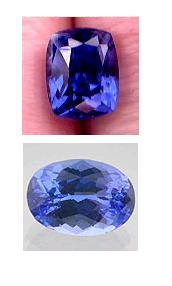

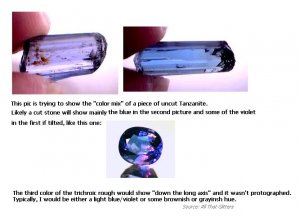
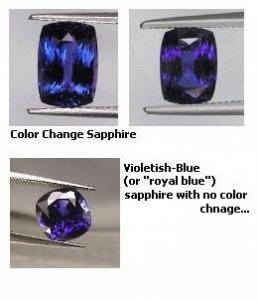

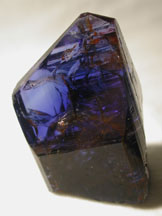
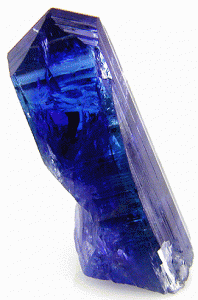



300x240.png)